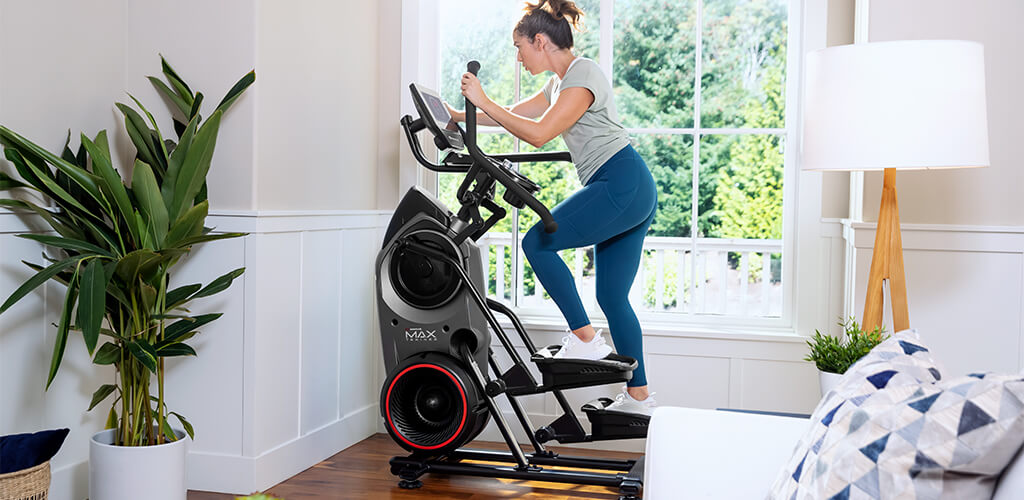Fit Tip: HIIT Training

HIIT. Chances are you’ve heard of it---at your local gym or fitness studio, when looking up workouts online, or when researching how to get the most bang for your buck in a workout. HIIT stands for High Intensity Interval Training and it’s been all the rage for the last several years when it comes to the “best” workout. But what is HIIT really? And is it right for you?
HIIT is defined as short intervals of high intensity exercise, followed by a rest or lower intensity interval. In a true HIIT format, intervals would be short; around 20-30 seconds, at almost maximum effort (around 80-90 %) followed by a recovery period. HIIT requires your body to shift from aerobic mode (using oxygen) to anaerobic modes (using stored energy) resulting in higher heart rates and calorie burn. Traditionally HIIT refers to cardio-based bodyweight exercises, but over the years fitness professionals have broadened the term to cover many types of interval or circuit training workouts. These modified HIIT workouts often include mixing resistance and cardio training, or alternating between cardio machines and weights. HIIT is not just trendy, it’s an effective way to get results in short amount of time.
What are the benefits of HIIT? Competitive athletes see improvements in explosive power, speed and agility. But for the everyday athlete, it can be extremely functional. Think of how often we get high intensity intervals in our daily lives, like carrying a laundry basket up the stairs to chasing our kids in the backyard. In my work with prenatal and postnatal clients, I remind mamas that labor and delivery is a true HIIT workout (that we need to train for!) with pushing and rest intervals that require stamina.
Studies have shown HIIT workouts burn more calories in less time, and recruit multiple muscles working together. In addition, you’ll experience the “afterburn effect” or EPOC (Excess Post Oxygen Consumption), meaning you’ll be burning more calories for up to two hours post workout.
Whether you’re doing a true HIIT workout or a modified interval training format, here are some things to keep in mind to get the most out of your HIIT session.
High intensity does not have to mean high impact.

There are many different ways to get your heart rate high without jumping or running. Your classic squats, lunges and pushups are great bodyweight examples. The BowFlex Max Trainer 14 minute workout uses short high intensity intervals for 25 seconds followed by low intensity for 80 seconds for a full body fat blasting workout, all with virtually no impact to your joints. Whether it’s swimming, walking hills, or lifting something heavy, we can get the intensity high without the impact.
Recovery is part of the process.
While it’s tempting to want to go hard all the time in our workouts, when it’s comes to HIIT, the interval ratios are programmed for a reason. Your body needs recovery, either through rest or a lower intensity interval, to go all out on the high intensity interval. Without it, we can fatigue more easily, or worse, set ourselves up for injury. Speaking of recovery, make sure you alternate your HIIT workout days with rest or active recovery days.
Go heavy for HIIT.
Sure, a burpee or jumping jack will get your heart racing, but lifting something heavy will as well! The heavier we lift, the more energy we expend. Additionally, using compound moves can get lots of muscles working and your heart pumping. And don’t forget about your classic power moves like a clean, snatch or kettlebell swing!
Ready to give HIIT a try? Here’s a kettlebell routine that you can try out at home.
Kettlebell HIIT Workout
Do each for 30 seconds, followed by a 30 second rest.
- Goblet Squat/Lunge Jumps
- Curl and Press/Jumping Jacks
- Russian Twist/Mountain Climbers
- Chest Press/Burpee
- Dead lift/Swing
You may also like
Fit Tip: No-Equipment HIIT Workout

